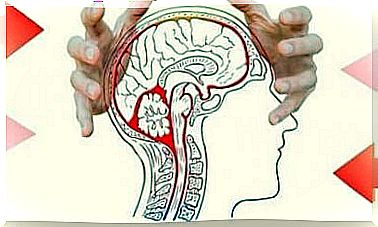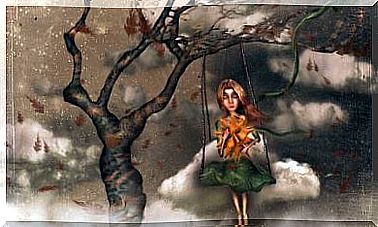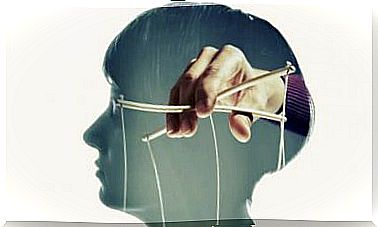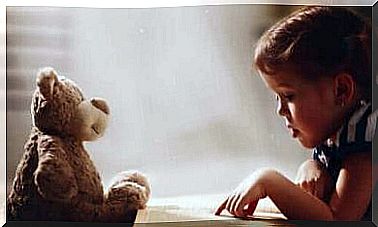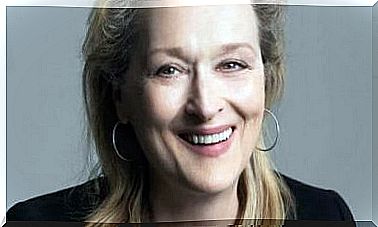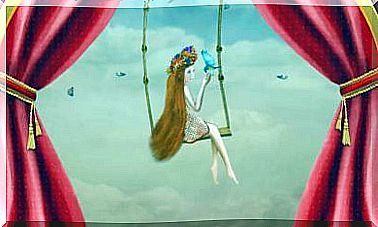The Mind Of A Baby – What Does It Look Like?
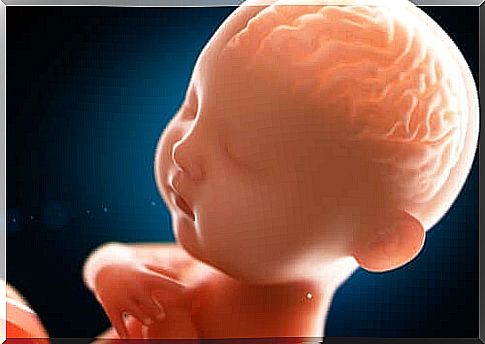
The mind has been described in many ways throughout history. Nowadays, we know more about it thanks to technological advances that have enabled new scientific research. But do you ever wonder what a baby’s mind is like?
Is it the same as the mind of an adult or an older child? This is a rather fascinating subject that researchers have recently begun to study.
Various researchers throughout history have believed that babies were miniature versions of adults and that they did not differ much. In fact, if you go through the story, you will find many “fun” ideas.
Descartes, for example, believed that babies were trapped in the present, while William James believed that their world was just a great confusion.
Over time and after many philosophical, psychological and biological theories, our knowledge and reflection deepened more and more. In this article, we will therefore try to better understand how the mind of a baby works.
We will also look at how it differs from the mind of an adult.
The mind of a baby according to neuroscience
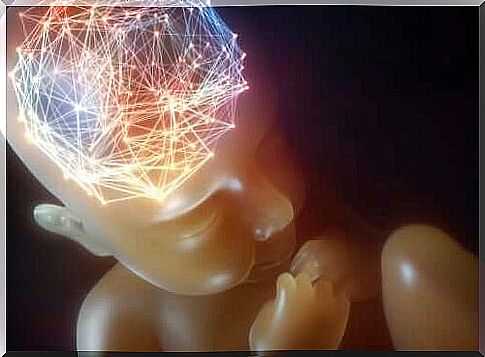
Current neuroscience has means that allow us to confirm or rule out previous hypotheses. We know that babies can process information in a short time thanks to technologies that measure their brain activity.
They therefore have the ability to take in different stimuli and give them a specific meaning.
In this way, babies can detect unusual stimuli even if they do not focus on anything in particular. This is a fantastic and necessary faculty for learning.
In addition to this, the absence of prejudice will lead to a greater creative potential.
We know that the baby’s brain has many more neurons, or nerve cells, than an adult brain. A process that occurs as we develop and remove connections and neurons that are not useful to us.
After analyzing the connections in the baby’s cerebral cortex, the researchers have found that these have better connections than an adult brain.
This is quite fascinating because it can be one of the phenomena that allows man to learn so much in the early stages of life.
Neurotransmitters are also important in the baby’s brain, just as they are in the adult brain.
Myths about the mind of a child
David Chamberlain is a psychologist in California and has spent a long time studying babies’ minds. In fact, in his book The Mind of Your Newborn Baby , he addresses the most prominent myths about the baby’s mind.
Here are some of them:
- Babies feel. It may seem obvious that they do, but the fact is that only a few years ago it was thought that they did not. Some even thought that they did not need anesthesia for various procedures.
- Babies feel, and they do this thanks to the central nervous system.
- “A child has an underdeveloped brain.” Thanks to this research, we know that this is not true either. In fact, they have more neurons than most adults.
- They do not have the ability to think. Babies think, even though the way they think is different from that of an adult.
- A newborn does not need his mother. The child needs her because it is emotionally dependent on her.
Perinatal psychology has shown us the importance of the baby’s relationships for its future development. Behaviorism focuses on how the habit works.
Thanks to these and other approaches, we now know that a baby has many functions that were not previously thought to exist.
The development of a baby’s mind
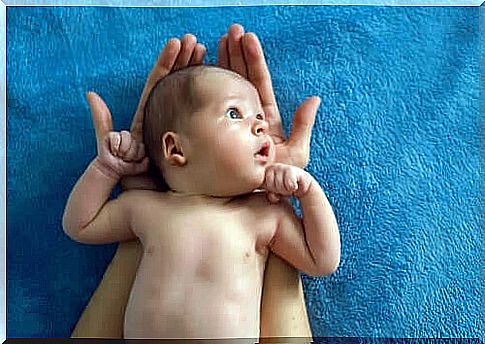
Babies change as they grow. We appreciate some changes, while we do not notice others because they are so vague or internal.
For example, a child younger than two years learns to manipulate objects through his senses. The child also begins to crawl, has greater access to language and begins to develop emotional dependencies.
The mind will therefore not be the same as a three-year-old. But why is that so? A child’s brain changes as the child interacts with his environment.
It therefore develops new connections and gets rid of those that are not efficient. They do so in accordance with the existing stage of development.
There are also monthly differences in brain levels. This usually depends on each child’s biological factors and how much the child interacts with his environment. Each milestone therefore works towards the child’s development.
Ana María Caballero, author of the book Teachers Learn How Kinds Experience the Arbotetum, for example , mentioned that crawling improves the integration of the corpus callosum – a structure that unites the two halves of the brain.
The mind of a baby is really fascinating as it establishes connections after each learning experience. There are still many questions to answer and many questions that have not yet been formulated.
